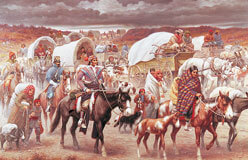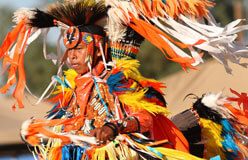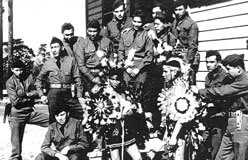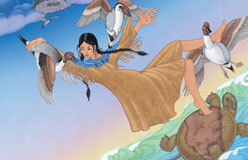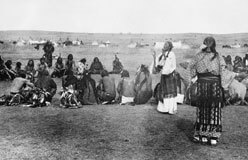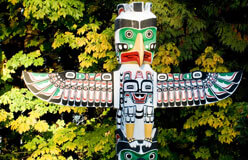Long ago, America was their land.
For thousands of years, Native Americans were the only people on this continent. Their ancestors were Asians who had crossed a land bridge to the most northern part of America. Later, they moved south.
In 1492, Europeans started coming to America. Over the centuries, the wars, policies, and diseases they brought killed 95 percent of the Native population. The Natives’ land shrank to reservations and Indian trust lands. Those were called “Indian country.”
Today, the U.S. Native population is growing. Modern Native Americans are a mixed group that walks in two worlds: the ancient and the modern. As groups, they’re Wampanoag, Navajo, Iroquois, and Cherokee—to name a few. As individuals, they’re artists, doctors, and teachers. Some are spiritual healers and fancy dancers. Their children play basketball and shop at malls. They also dress in traditional clothing and dance at powwows. Native Americans are glad to share their culture with others. Come learn about Native America, past and present.

▲ Native American groups call themselves tribes, nations, or bands. There are hundreds of them. Each has its own customs, government, and language. Larger groups like those shown in the map above have similar languages and lifestyles.
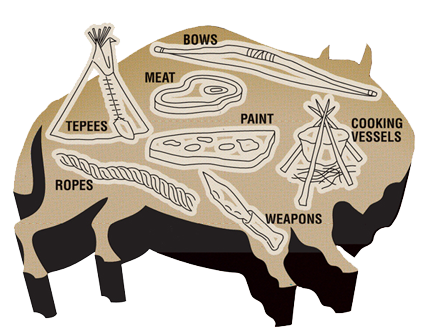
When they killed a buffalo, Native Americans of the Great Plains used every part of it. But white settlers who killed just for fun nearly wiped out the buffalo. In 1800 there were 40 million buffalo. By 1875, only 1 million were left.
Native Americans have found many ways to use their traditional skills in modern life. Mohawks have been steelworkers for more than 100 years. In 1886, a bridge builder saw young Mohawks playing on a bridge across the St. Lawrence River. He was looking for workers who would be brave in high, windy places. So he trained the first 12 Mohawk workers. They trained their friends and neighbors. Soon there were Mohawk steelworkers all over America. ▶
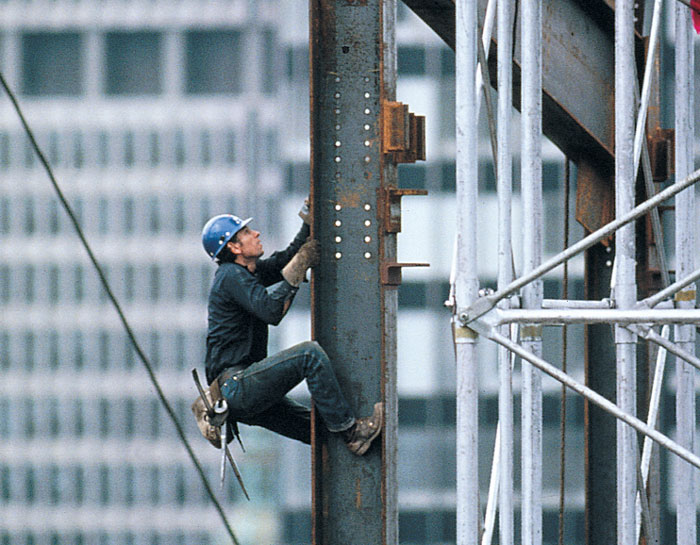
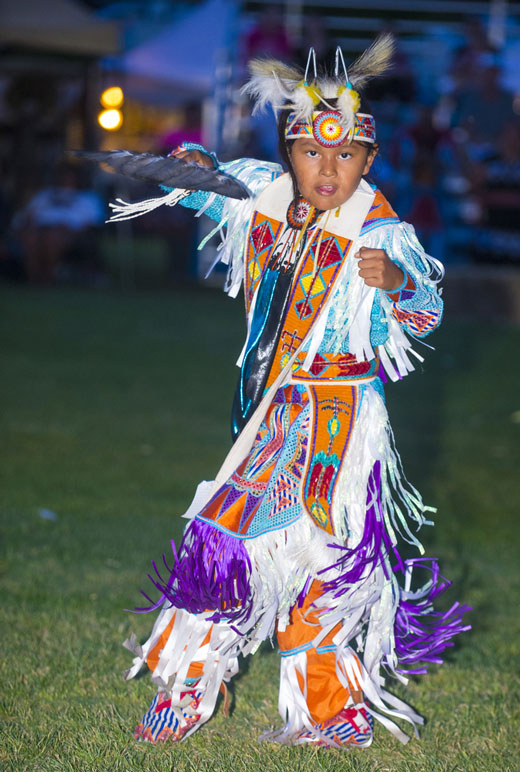
◀ The 2010 census counted more than 5 million Native peoples. Some live on reservations governed by a tribe. Others live in towns and cities. Most Native Americans are very proud of their traditional culture. Today, some Native children attend reservation schools. They learn their native languages and take part in traditional ceremonies.

